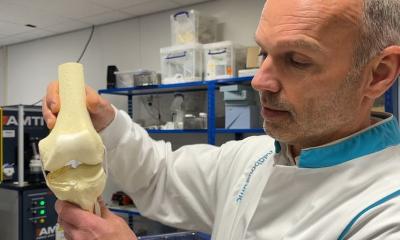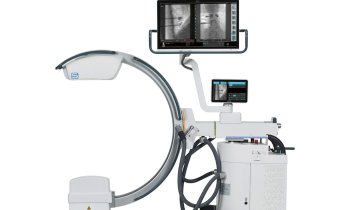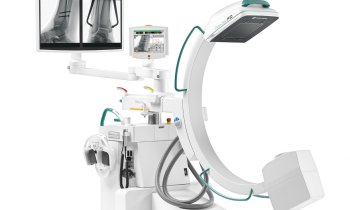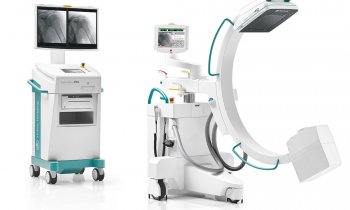
© gpointstudio – stock.adobe.com
News • Study shows impact on length, safety, and efficiency
Operating room design can help shorten surgery
A new study is the first of its kind to link operating room design to the length of knee- and hip-replacement surgeries.
University of Kansas associate professor of architecture Xiaobo Quan, who led the research, believes the findings can be used to optimize spaces that will both produce better outcomes, via shorter surgeries, for patients and boost hospitals’ bottom lines.
For the article published in the journal Health Environments Research & Design, Quan observed in real time a series of 70 knee- and hip-replacement surgeries done side by side by same surgical teams in differently sized and laid out operating rooms at a Midwestern hospital. The larger and better designed of the two rooms saw a significantly shorter average surgery time and a smaller number of troublesome, time-consuming interactions (“surgical flow disruptions”), for example physical collisions among OR personnel and equipment, Quan found.
Naturally, if we experience more disruptions to our surgery process, we will have a longer surgery
Xiaobo Quan
“Previous studies looked at the impact of space design on the frequency of disruptions encountered, but they didn't control for the huge influence of the surgery type and the speed of the individual surgeon,” the KU researcher said. “I think the beauty of my study is I controlled these two major factors.”
Quan said no previous studies had proven that environmental design could shorten the time of a surgical procedure. “The breakthrough for my study is that it is the first to link the built environment of ORs to surgery duration,” he said. “Naturally, if we experience more disruptions to our surgery process, we will have a longer surgery. But there are no previous research studies looking at that. My study was the first one to make the connection directly.”
This is important, Quan said, because with efficient surgery scheduling, taking five to six minutes off each 80- to 100-minute surgery — which is about what the quasi-experiment showed for the better-designed room — might add up to two-hour savings in total staffing time for all staff members working in an OR per day. The savings are significant for health care organizations facing high labor costs. Not to mention that it’s better for the patient in terms of better infection prevention, less waiting, faster recovery and other factors.
The benefits could be even bigger with continuing optimization. Quan is planning research to see how OR design can be further improved to contribute even more to surgery efficiency and reduce surgery duration.
Source: University of Kansas
20.09.2024











